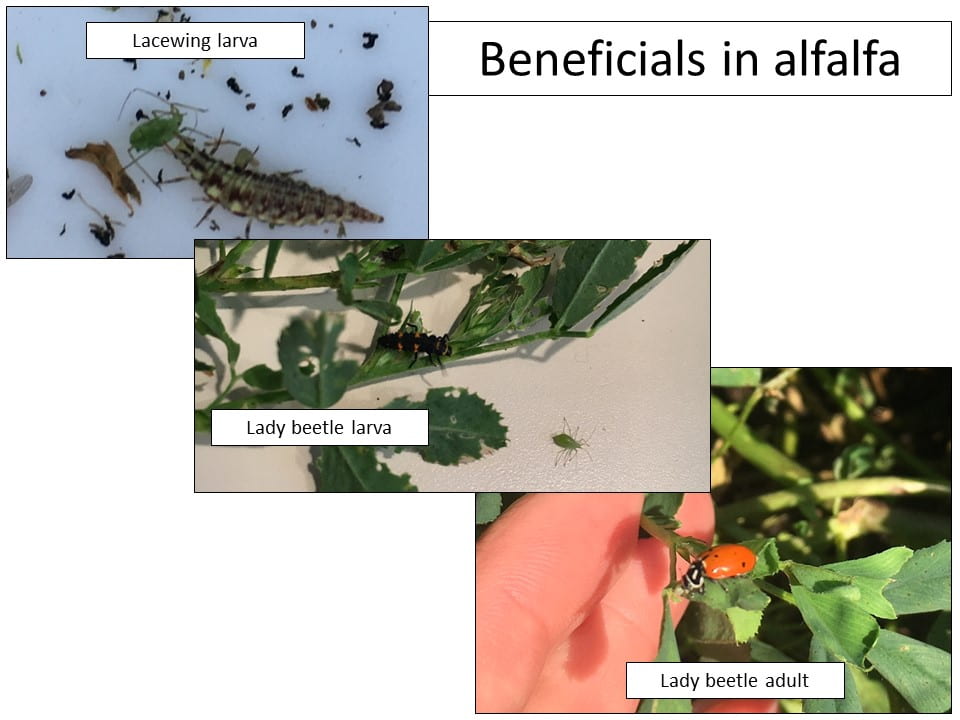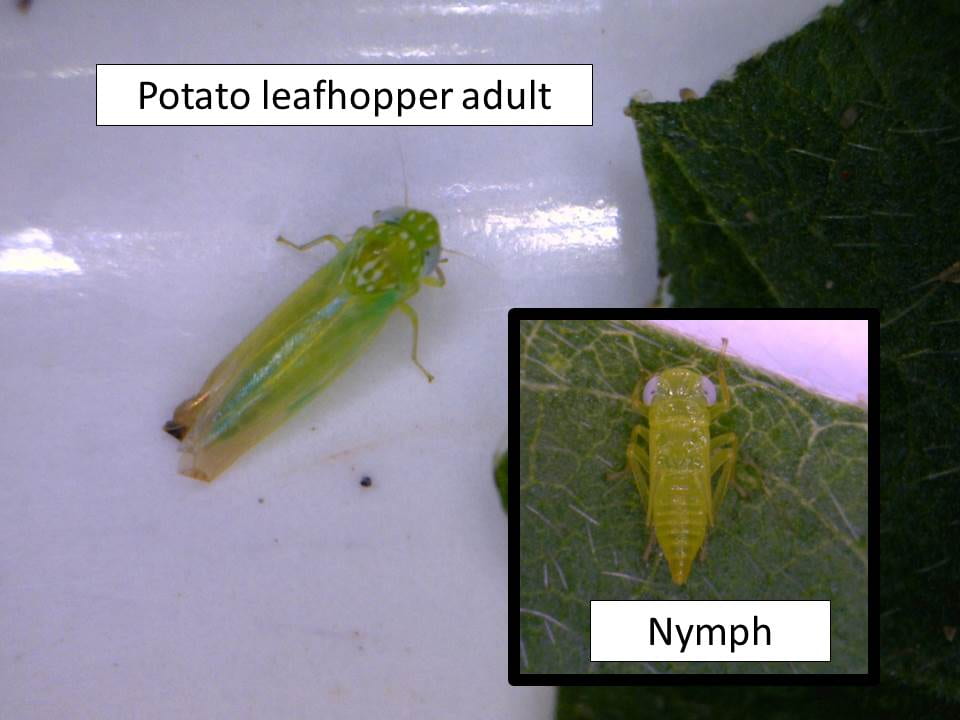–by Dr. Raymond Cloyd
For those of you that have been waiting patiently or for some…impatiently; it is time to ‘get ready’ to spray for bagworms. In due time, bagworms will be present throughout Kansas feeding on broadleaf and evergreen trees and shrubs. Therefore, now is the time to initiate action against bagworms once they are observed on plants. Bagworms are primarily a pest of conifers; however, they have expanded their host range to include a number of broadleaf plants, such as; rose, honey locust, and flowering plum. It is important to apply insecticides when bagworms are small to maximize effectiveness and subsequently reduce plant damage.
A number of insecticides are labeled for use against bagworms including those with the following active ingredients (common trade names are in parentheses): acephate (Orthene), Bacillus thuringiensis subsp. kurstaki (Dipel), cyfluthrin (Tempo), lambda-cyhalothrin (Scimitar), trichlorfon (Dylox), indoxacarb (Provaunt), chlorantraniliprole (Acelepryn), and spinosad (Conserve). Most of these active ingredients are commercially available and sold under various trade names or as generic products. Several insecticides, however, may not be directly available to homeowners.
The key to managing bagworms with insecticides is to apply early and frequently enough to kill the highly susceptible young caterpillars feeding on plant foliage (Figure 1).

Figure 1. Young bagworm larvae or caterpillar feeding on conifer (Author–Raymond Cloyd, KSU)
Older caterpillars that develop later in the season are typically more difficult to kill with insecticides. Moreover, females feed less as they prepare for reproduction, which reduces their susceptibility to spray applications and any residues. The bacterium, Bacillus thuringiensis subsp. kurstaki, which is sold under various trade names (Figure 2

Figure 2. Product (Thuricide) containing Bacillus thuringiensis subsp. kurstaki as the active ingredient (Author–Raymond Cloyd, KS)
), is only active on young caterpillars and must be consumed or ingested to be effective. Therefore, thorough coverage of all plant parts and frequent applications are required. The insecticide is sensitive to ultra-violet light degradation and rainfall, which can reduce residual activity (persistence). Spinosad is the active ingredient in a number of homeowner products, including: Borer, Bagworm, Tent Caterpillar, and Leafminer Spray; Captain Jack’s DeadBug Brew (Figure 3);

Figure 3. Product containing spinosad as the active ingredient (Author–Raymond Cloyd, KSU)
and Monterey Garden Insect Spray. The insecticide works by contact and ingestion; however, activity is greatest when ingested by bagworms. Last year (2018), I made weekly applications for four-weeks in June and killed nearly 100% of the bagworms on my arborvitae and juniper shrubs. Consequently, the plants looked aesthetically pleasing during the season.
Cyfluthrin, lambda-cyhalothrin, trichlorfon, chlorantraniliprole, and indoxacarb can be used against where bagworms commonly start feeding, and frequent applications are essential in achieving sufficient suppression of bagworm populations. The reason multiple applications are needed is that bagworm eggs do not hatch simultaneously but hatch over a certain period of time depending on temperature, and young bagworms can ‘blow in’ (called ‘ballooning’) from neighboring plants on silken threads. If left unchecked, bagworms can cause significant damage and ruin the aesthetic quality of plants. In addition, bagworms can actually kill plants, especially newly transplanted small evergreens, since evergreens do not usually produce another flush of growth after being fed upon or defoliated by bagworms
If you have any questions on how to deal with bagworms in your garden or landscape contact your county horticultural agent, or university-based or state extension entomologist.







